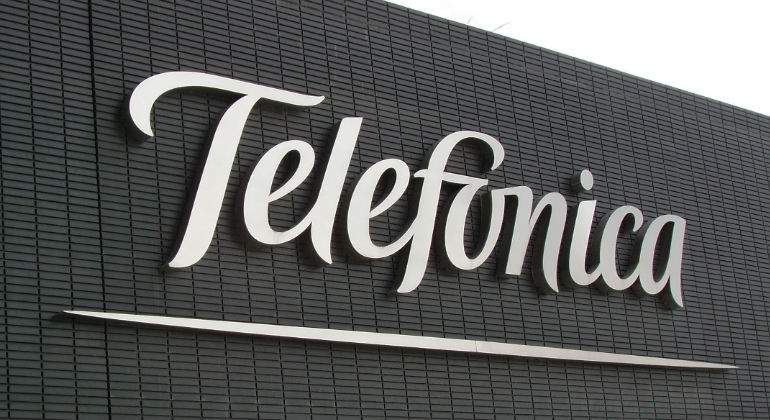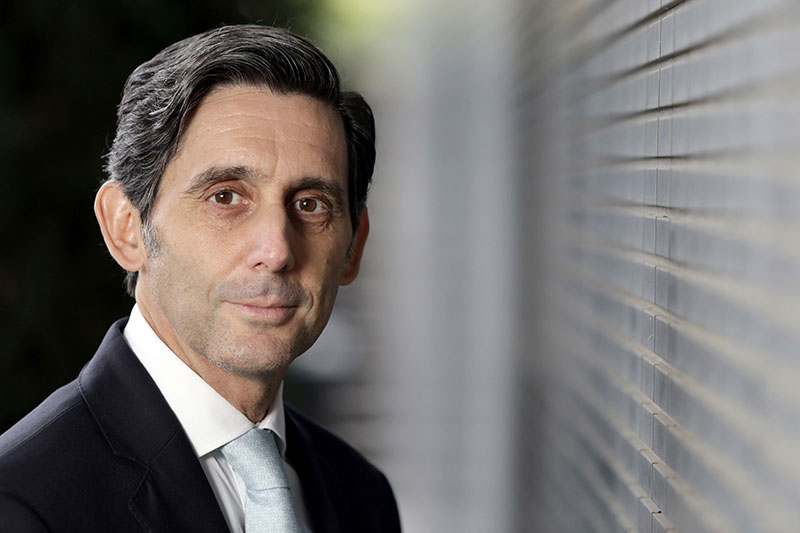There are several names in the telecom industry that have a great history and have been contributing agents to the industry itself. An about century-old Telefonica is an example of such an organization. Telefonica has its headquarter located in Madrid Spain, and it has been in the business of fixed-line telephony, mobile telephony, broadband internet as well as digital television.
Telefonica is counted as one of the largest telecom company, and in this long period of Telefonica’s existence, it has expanded its operations overseas and has established as one of the dominant telecom company in 24 countries, including Brazil, Colombia, Dominican Republic, Ecuador, Chile, Argentina, France, Germany, the UK, etc.
According to the 2017 list of Forbes, Telefónica was the 110th largest company in the world. As of 2018, the recorded annual revenue of Telefonica was €48.7 billion, and around 120,138 employees were working at the company’s various offices around the world.
The Foundational Story of Telefonica
Telefonica is a almost a century old as was founded in 1924 as Compañía Telefónica Nacional de España (CTNE) in Madrid. ITT was the major shareholder in the company at that time, and by 1945, the state had taken over about 80% of the company shares. Since the state was a major stakeholder in Telefonica, till the year 1997, it had a monopoly over the telecommunication industry of Spain.
Telefonica laid down the first long-distance telephone line in Madrid in 1925, and the next year, it established an underground telephone network at Puente de Toledo, Madrid. The company stayed the only company providing telephone service in Spain till 1960. In 1967, Telefonica entered into satellite communications and commissioned the first Special Data Transmission Network in Europe in 1971.
In the next seven years, Telefonica had installed about 10 million phones and also got listed on the New York Stock Exchange in 1987. In 1989, Telefonica also played a crucial role in the composition of Hispasat.

Only in three years of entering Chile, the company controlled around 98% of the population for its analog mobile telephone in the country in 1993. In 1994, the company launched its digital mobile service in Peru with the name Movistar. The next year, with the emergence of the internet, Telefonica also launched its internet service named Infovía, and in the same year, the company turned into a partial private company. This privatization completed in 1999 and Telefonica also launched the ADSL broadband fixed access service in the same year.
The company also sold its subsidiary companies and its stakes in other companies in the following years, including Atento (2012), 40% assets in Central America (2013), Telefónica Ireland (2014), its stake in Telecom Italia (2014), Antares (2018), etc.
In 2011 The company created the T. Digital and TGR and had its Germany IPO in 2012. In 2014, Telefonica announced to become a new fully customer-oriented organization. The company created Telxius in 2017 and Aura in 2018. Aura was Telefonica’s way to Artificial Intelligence.
Acquisitions
In 2004, Telefonica acquired BellSouth assets in Latin America, and the next year it acquired Cesky Telecom. The company also bought a 5% share in China Netcom in 2005. The company acquired the operations of O2 in the UK, Germany, and Ireland in 2006 and also acquired 51% shares in Colombia Telecom in the same year. The next year, the company partnered with Telecom Italia, followed by the acquisition of Vivo Brazil in 2008. In 2009, it also partnered with China Unicom.
In 2010, Telefonica bought the operations of a company named Hansenet in Germany, Jajah in Israel, and Tuenti in Spain, and took over the operations of Vivo in Brasilcel. In the year 2014, Telefonica acquired E-Plus in Germany, DTS (Canal +) in Spain, and GVT in Brazil.
The CEO
José María Álvarez-Pallete López was born on 12 December 1963, in Madrid and is a famous Spanish economist. Pallete López was appointed the CEO of Telfonica on 8 April 2016.

Pallete López started his career at Arthur Young Auditors in 1987. But in 1988, he switched his job and joined Benito & Monjardín/Kidder, Peabody & Co., followed by taking a position in Compañía Valenciana de Cementos Portland (CEMEX) as head of the Investor Relations and Analysis Department in 1995. He handled various positions in the company like CFO, Chief Administration, and Finance Officer of the CEMEX Group’s international offices till 1998.
In 1999, Pallete López got an offer from Telefonica as the Managing Director of the Corporate & Finance in Telefónica S.A. After being posted to many positions like Executive Chairman of Telefonica International S.A., Managing Director of Latin America Telefonica, and President of Latin America Telefonica, he was appointed the CEO on 8 April 2016.

Yashica is a Software Engineer turned Content Writer, who loves to write on social causes and expertise in writing technical stuff. She loves to watch movies and explore new places. She believes that you need to live once before you die. So experimenting with her life and career choices, she is trying to live her life to the fullest.